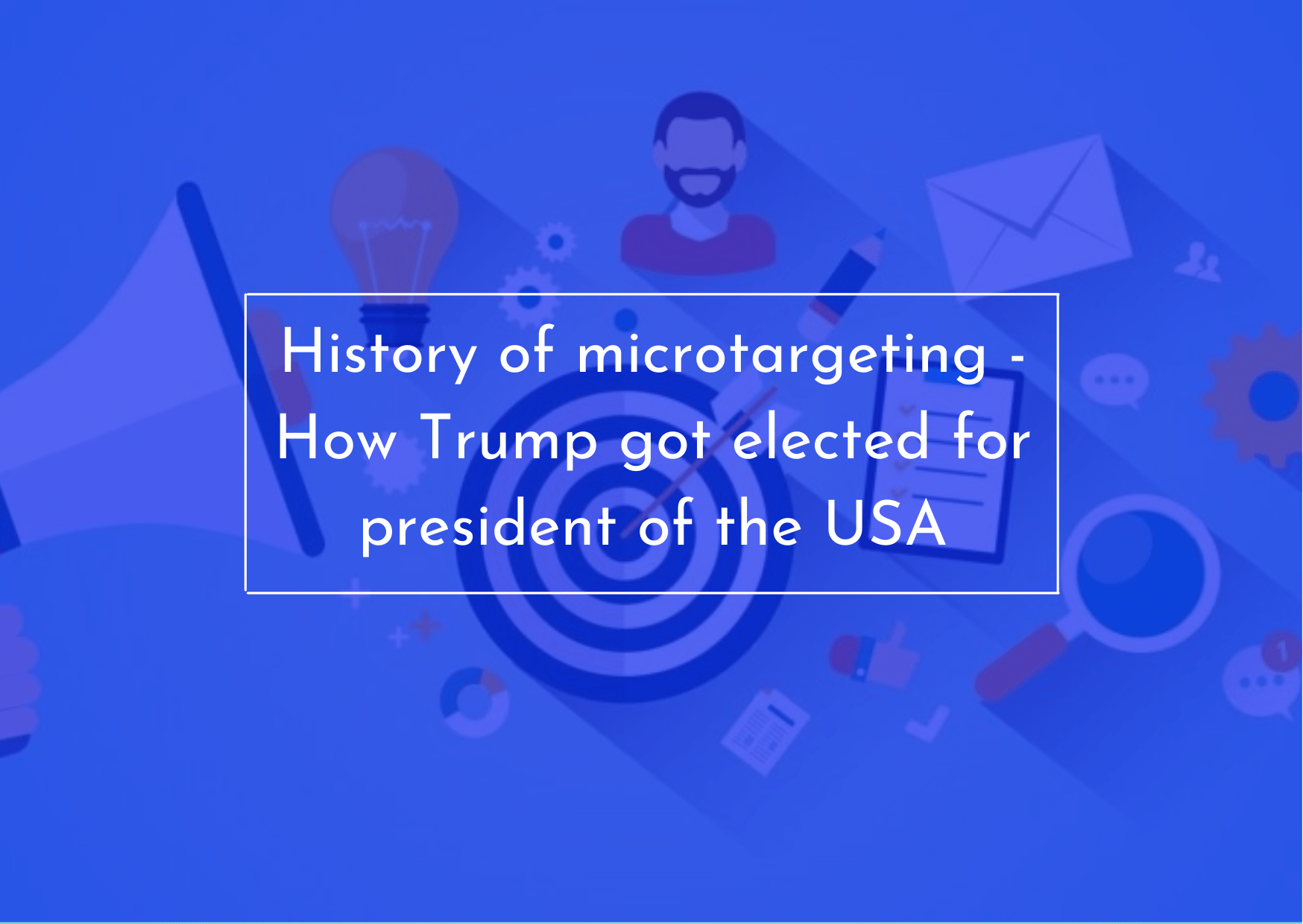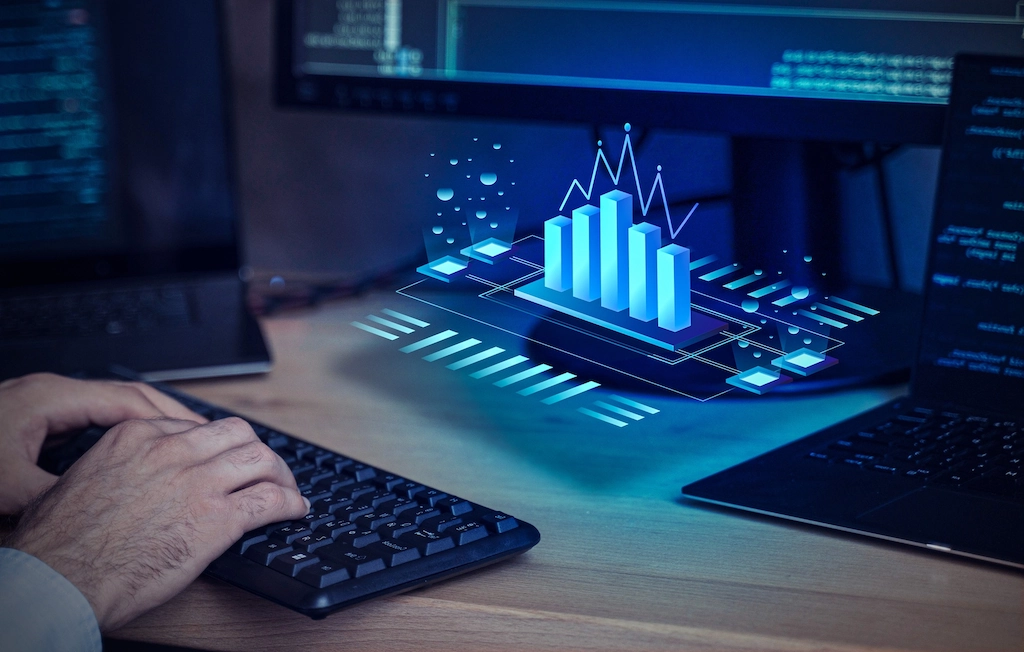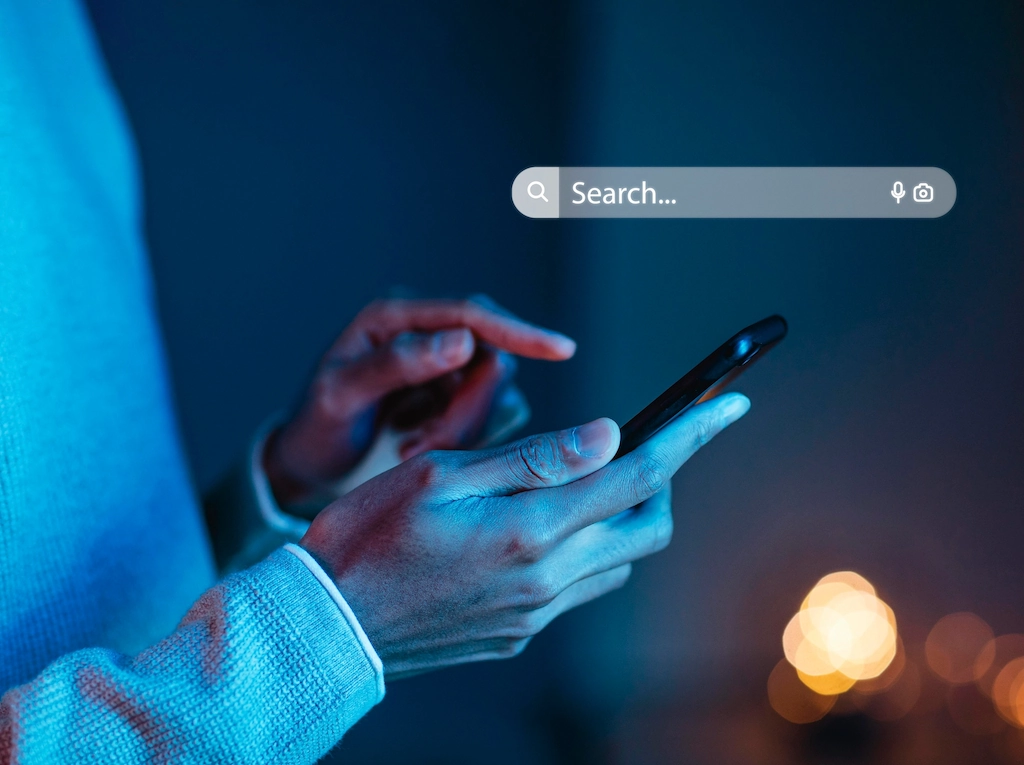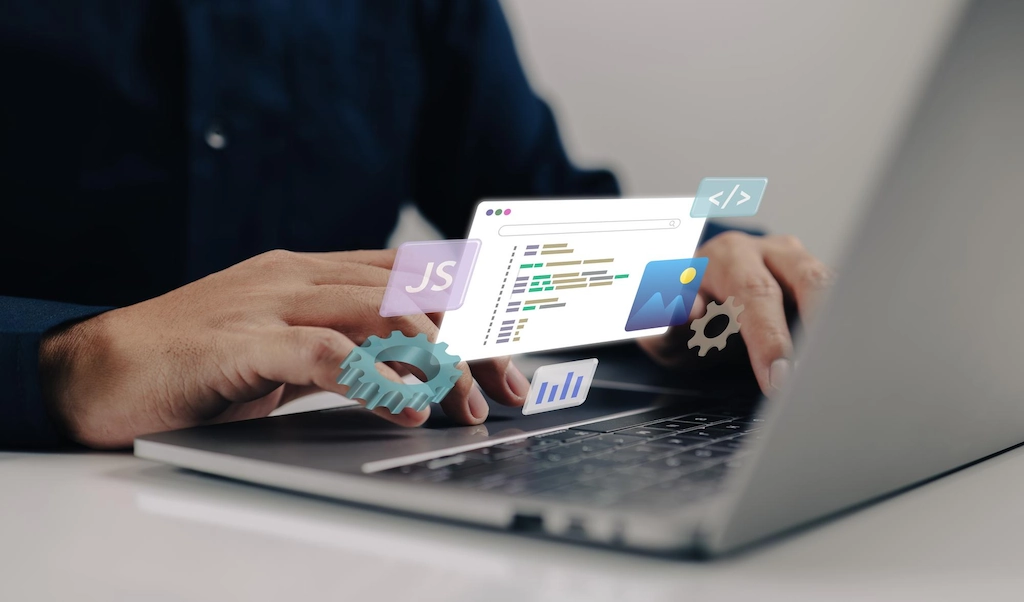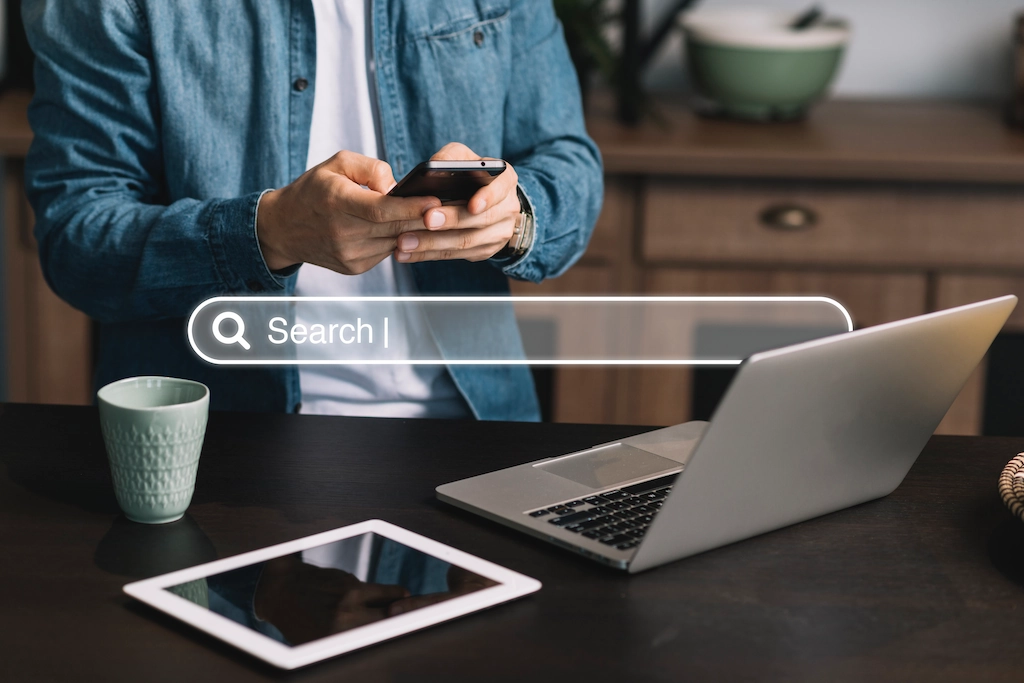The Power and Perils of Microtargeting in Political Campaigns: A Deep Dive into Its Impact and Ethics
21st century. The internet has become an undeniable part of our reality. The number of information accessible on social media (and outside of them) makes our lives public on a whole new level.
Among thousands of apps analyzing the profiles of social media users (like those amazing things telling you which Harry Potter character you are), there was one particular – created by Michal Kosinski and David Stillwell. Basing on OCEAN method, used for personality analysis, they created a short quiz. After taking it, each user got a short personality description in return.
How did it all start?
The creators of the app picked a group of users to run a short research on. The goal was to verify if analyzing the data published by them on the net would give the same results as psychological questionnaires. Growing the algorithm based on the research, the computer could guess not only one’s opinions, beliefs, needs or dreams but also their sexual orientation or skin colour.
There it goes!
The discovery quickly found its way into the world of marketing and PR, also in politics. Microtargeting, cause that’s what it has become, helps the politicians reach exactly their target group or even individuals that were to become their potential voters, having previously received all the information about their expectations and needs.
The US elections and Cambridge Analytica
One of the leaders of microtargeting in political campaigns is a private company specializing in communication strategy, Cambridge Analytica. After the great success of their campaign promoting Brexit, they worked with one of the candidates in the American elections – Tom Cruz. When he resigned, they chose Donald Trump, who tweeted: “They will soon be calling me Mr. Brexit!”. Since then, his digital strategy focused on microtargeting and that’s most likely what influenced the results of the elections. His advisors used psychometrics, not demography like in the case of Barack Obama or Hillary Clinton.
Kosinski, the creator of microtargeting, noticed how the chaos and discrepancies of Trump’s messages and speeches come from the fact that all he says is simply… data-driven. Each information has a goal and an addressee. That’s also how they discouraged their opponent’s supporters from voting – through targeting certain information. The campaign on the Internet was unnoticeable enough to not influence the opinion polls.
The threads of microtargeting
Microtargeting is growing in strength. Not only it’s becoming more popular but also more precise. When Kosinski noticed what possibilities it can open up and how powerful it is, he warned, „could pose a threat to an individual’s well-being, freedom, or even life”. But the main advantage of it is not violence, but individuality, the possibility of communicating directly with the person, not a group of people. It’s personalization.


